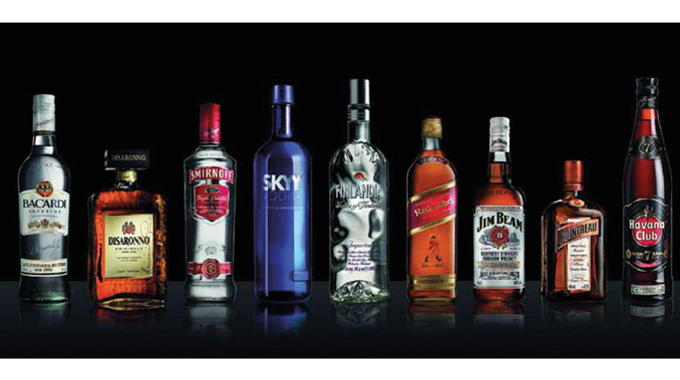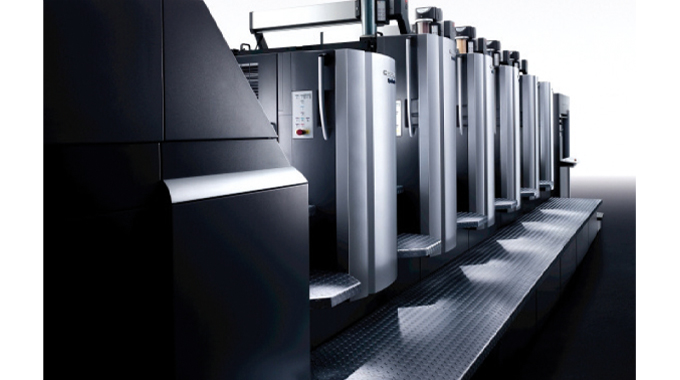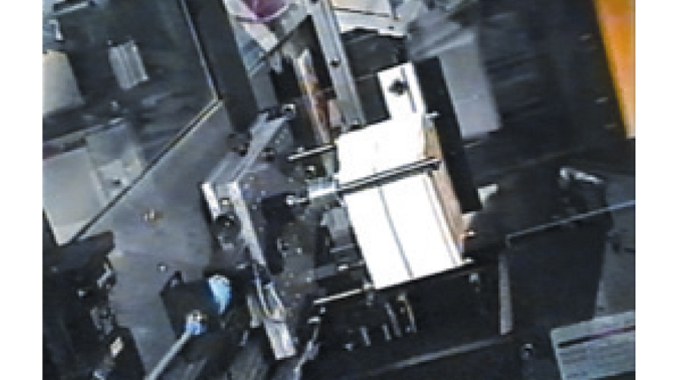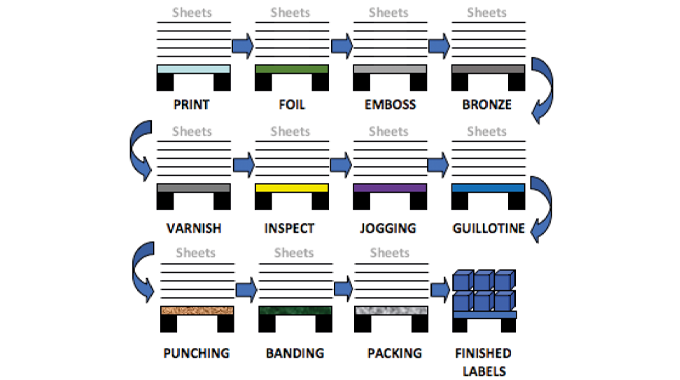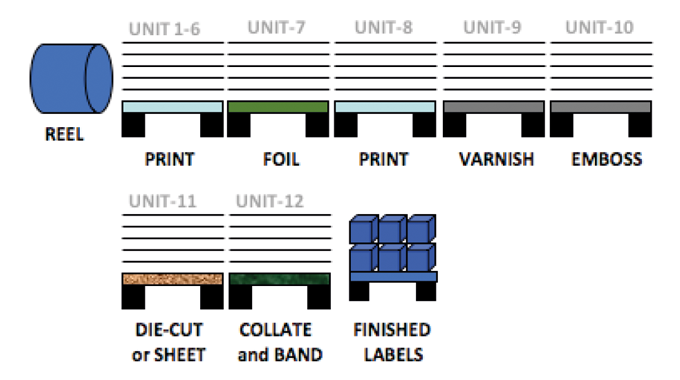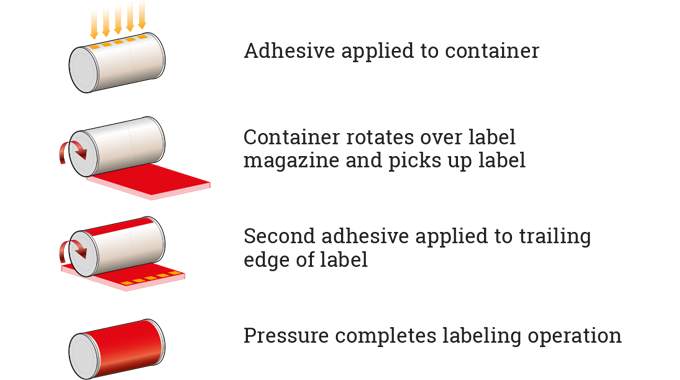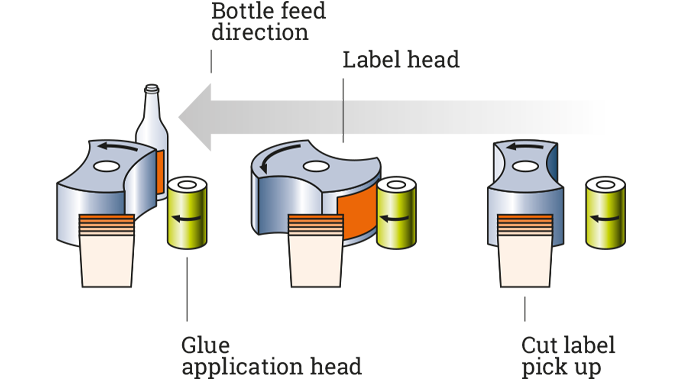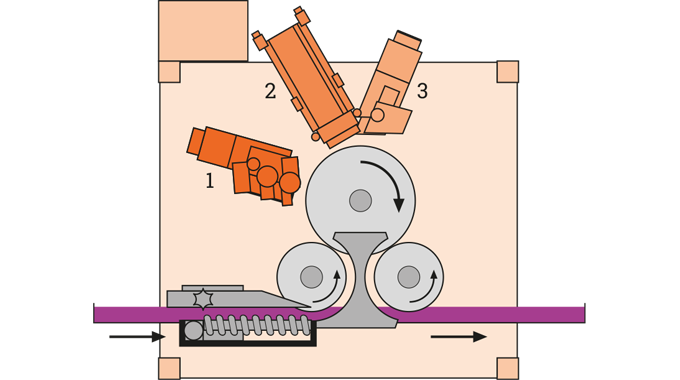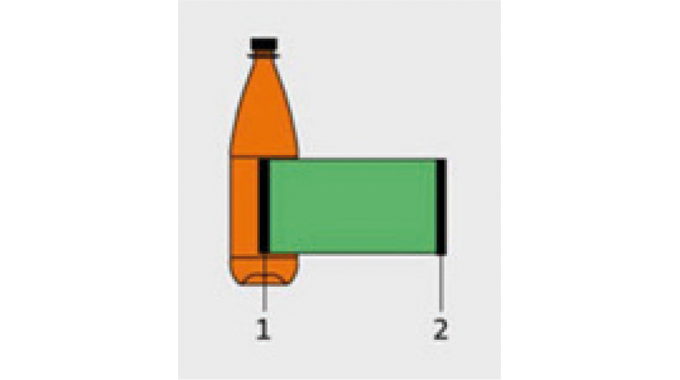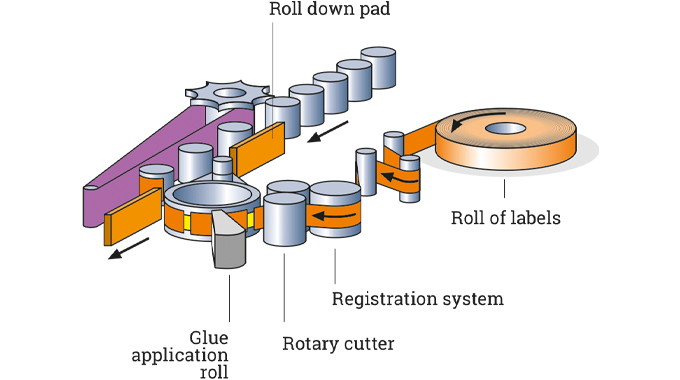Product decoration technologies: glue applied labels
For decades, the most popular and widely-used method of decoration for glass and cans has been the use of wet glue paper labels
For decades, the most popular and widely-used method of decoration for glass and cans has been the use of wet glue paper labels. These labels are predominantly printed using the lithographic and gravure printing processes and increasingly the UV flexographic printing process. The labels are usually applied on the filling line using a wet-glue or hot melt adhesive.
Paper manufactures now provide label paper specifically developed for the beers, wines, spirits (Figure 5.1), water and soft drinks markets and these can be applied in the traditional cut and stack 'one by one' format or on reel to reel systems.
Stay up to date
Subscribe to the free Label News newsletter and receive the latest content every week. We'll never share your email address.
